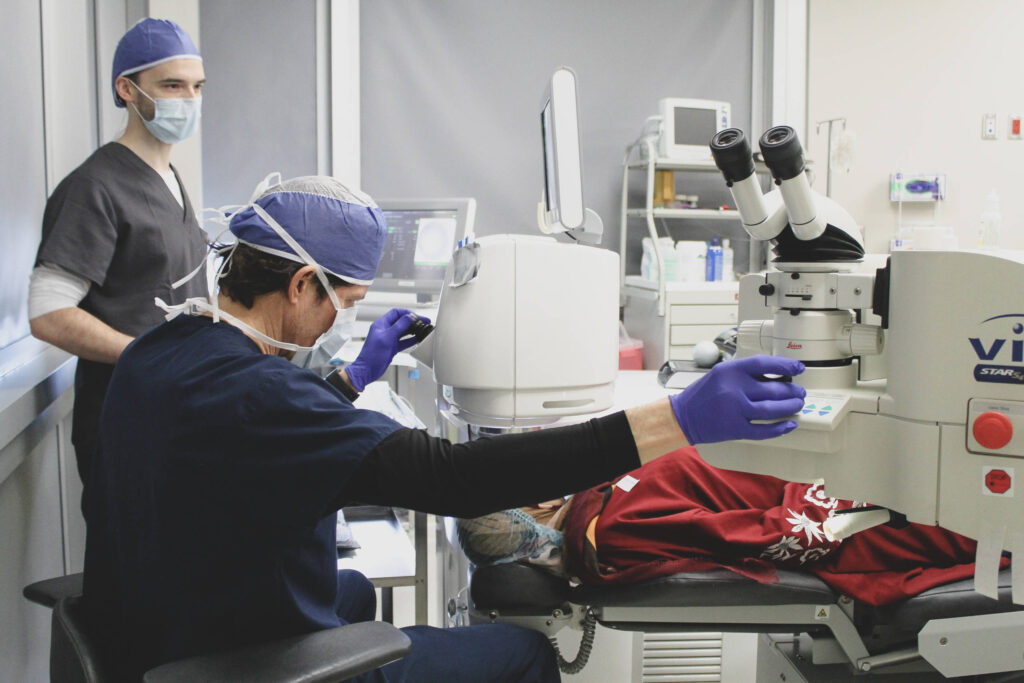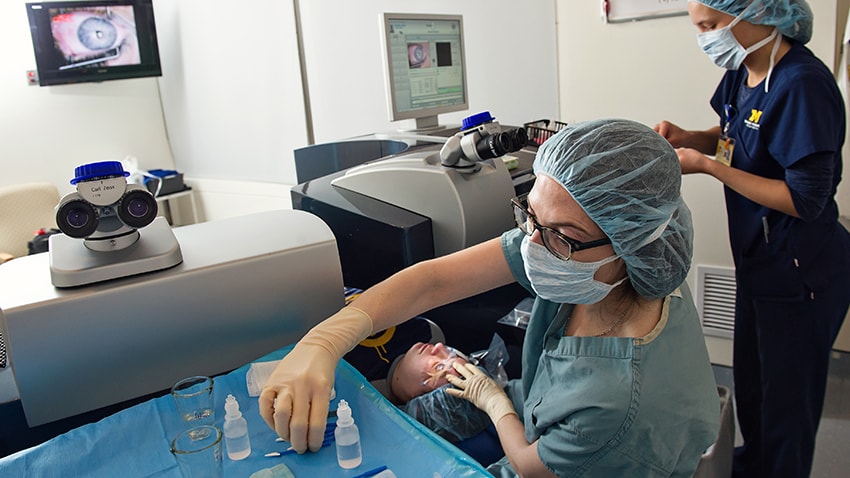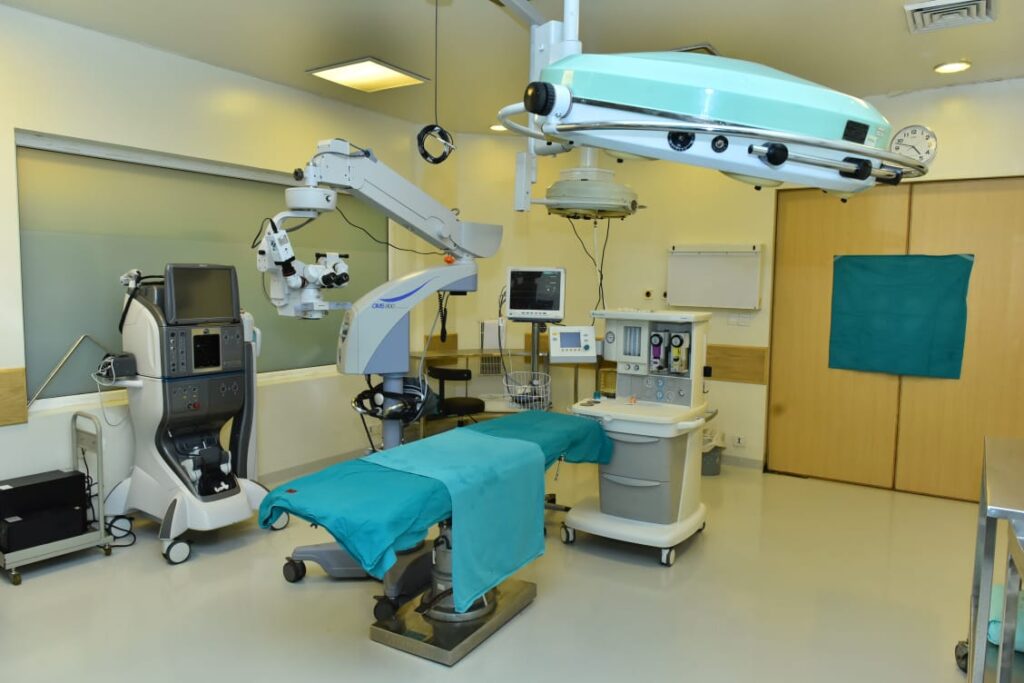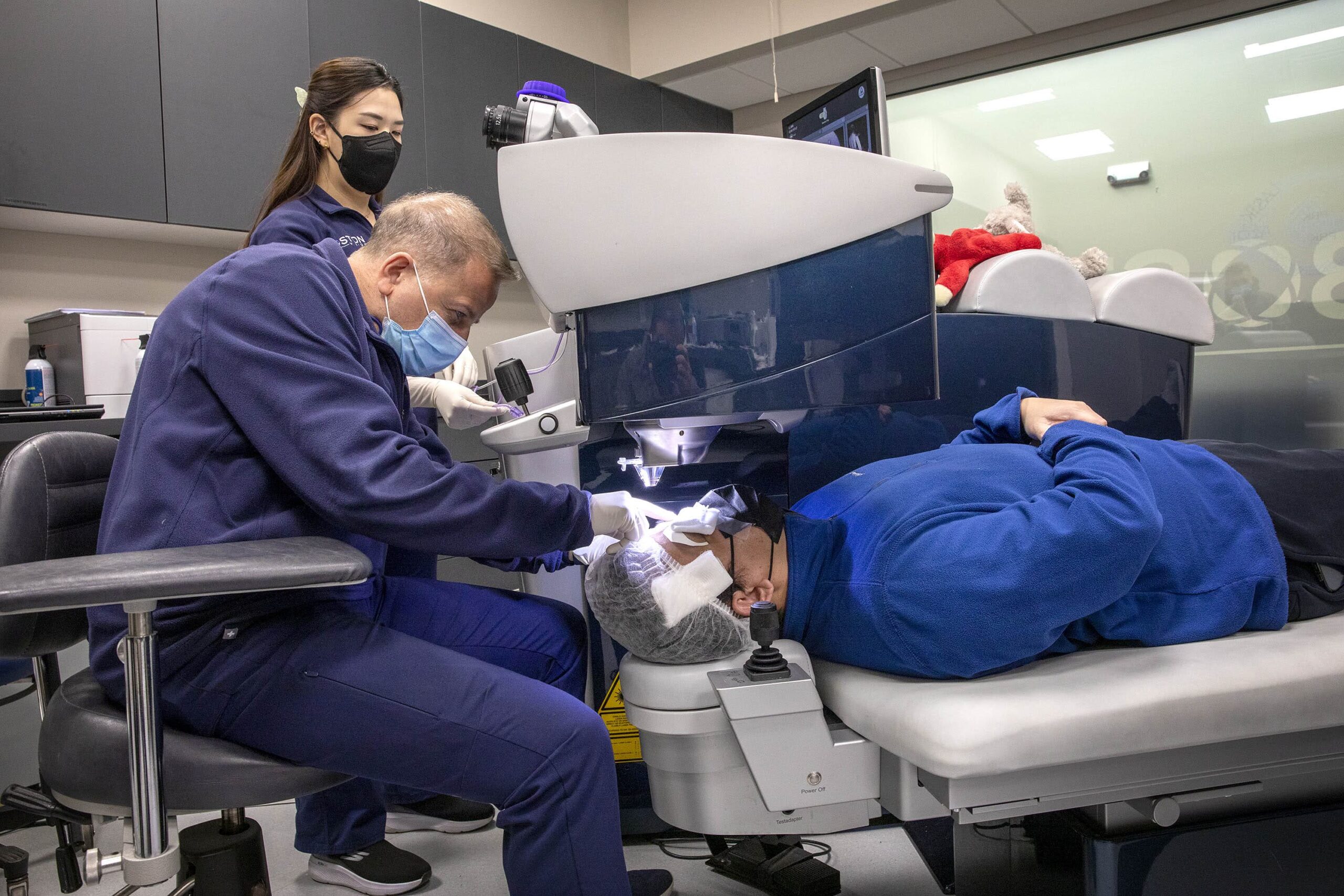Are you tired of relying on glasses or contact lenses to see clearly? Laser eye surgery may be the solution for you. In this article, we will explore the best laser eye surgery options available in Sydney. From understanding the basics of laser eye surgery to choosing the right clinic, preparing for surgery, and post-surgery care, we’ve got you covered.
Understanding Laser Eye Surgery
The Basics of Laser Eye Surgery
Laser eye surgery Sydney is a popular procedure that corrects vision problems such as nearsightedness, farsightedness, and astigmatism. It involves reshaping the cornea, the transparent front part of the eye, to improve focusing power. By using a laser, surgeons are able to precisely remove or reshape corneal tissue, allowing light to properly focus on the retina.
During the procedure, the patient is typically awake but given a local anesthetic to numb the eye. The surgeon uses a special instrument called a microkeratome or femtosecond laser to create a thin flap in the cornea. This flap is then lifted, and the underlying corneal tissue is reshaped using an excimer laser. The excimer laser uses a cool ultraviolet light beam to precisely remove microscopic amounts of tissue from the cornea, reshaping it to the desired curvature. Once the cornea is reshaped, the flap is carefully repositioned, acting as a natural bandage to protect the eye as it heals. Click here for unlocking a clearer future with LASIK.
After the surgery, patients may experience some discomfort, such as dryness, itching, or a foreign body sensation in the eye. However, these symptoms are usually temporary and can be managed with prescribed eye drops. It is important to follow the post-operative care instructions provided by the surgeon to ensure proper healing and minimize the risk of complications.

Benefits and Risks of Laser Eye Surgery
Laser eye surgery offers numerous benefits, including improved vision without the need for corrective lenses, enhanced quality of life, and increased confidence. Many patients experience a significant reduction in their dependence on glasses or contact lenses, allowing them to engage in activities such as sports or swimming without the hassle of visual aids.
However, it’s important to be aware of the potential risks and complications associated with laser eye surgery. While the majority of patients experience successful outcomes, there is a small possibility of dry eyes, glare, halos, or even loss of visual clarity. These side effects are usually temporary and resolve within a few weeks or months, but in rare cases, they may persist. It is crucial to have a thorough discussion with your surgeon to understand the potential risks and benefits specific to your individual case.
In addition to the physical risks, it is also important to consider the financial aspect of laser eye surgery. The cost of the procedure can vary depending on factors such as the surgeon’s experience, the technology used, and the location of the clinic. While laser eye surgery can be a significant investment, many patients find that the long-term savings on glasses, contact lenses, and associated maintenance costs make it a worthwhile investment in their vision and quality of life.
Furthermore, it is essential to have realistic expectations about the outcome of laser eye surgery. While the procedure can significantly improve vision, it may not guarantee perfect vision or eliminate the need for glasses or contact lenses entirely. Some patients may still require low prescription glasses for certain activities such as reading or driving at night. Understanding these potential limitations can help manage expectations and ensure satisfaction with the results of the surgery.
In conclusion, laser eye surgery is a popular and effective procedure for correcting vision problems. It offers numerous benefits, including improved vision without the need for corrective lenses, enhanced quality of life, and increased confidence. However, it is important to understand the potential risks, both physical and financial, associated with the procedure. By having a thorough discussion with your surgeon and setting realistic expectations, you can make an informed decision about whether laser eye surgery is the right choice for you.

Types of Laser Eye Surgery Procedures
Laser eye surgery has revolutionized the field of ophthalmology, providing individuals with vision problems an opportunity to correct their eyesight and reduce their dependence on glasses or contact lenses. There are several types of laser eye surgery procedures available, each with its own unique advantages and considerations.
LASIK: The Most Common Procedure
LASIK, or Laser-Assisted In Situ Keratomileusis, is the most commonly performed laser eye surgery procedure. It has gained popularity due to its effectiveness and relatively short recovery time. The procedure begins with the creation of a thin flap in the cornea, which can be done using either a microkeratome blade or a femtosecond laser. This flap is then lifted to expose the underlying corneal tissue. An excimer laser is then used to reshape the cornea, correcting any refractive errors such as nearsightedness, farsightedness, or astigmatism. Once the cornea is reshaped, the flap is carefully repositioned, allowing for rapid healing and improvement in vision.
LASIK offers numerous benefits to patients. It typically results in minimal discomfort during and after the procedure, with most individuals experiencing improved vision within a day or two. The recovery time is relatively quick, allowing patients to resume their normal activities within a few days. LASIK has a high success rate and can provide long-lasting vision correction, making it a popular choice for many individuals seeking laser eye surgery.
PRK: An Alternative to LASIK
Photorefractive Keratectomy, or PRK, is an alternative to LASIK for individuals with thinner corneas or those who may not be suitable candidates for LASIK. The procedure differs from LASIK in that it does not involve the creation of a corneal flap. Instead, the outer layer of the cornea, called the epithelium, is gently removed to expose the underlying tissue. An excimer laser is then used to reshape the cornea, correcting the refractive errors. Without the presence of a flap, PRK requires a longer healing period compared to LASIK. The epithelium regenerates over time, resulting in a gradual improvement in vision.
Although PRK may have a longer recovery time and slightly more discomfort compared to LASIK, it offers certain advantages. Since no flap is created, there is no risk of flap-related complications. PRK is also a suitable option for individuals with thin corneas or those involved in contact sports or professions that may put them at risk of eye trauma. Additionally, PRK can achieve excellent visual outcomes and provide long-term stability.
SMILE: The Latest Advancement
Small Incision Lenticule Extraction, or SMILE, is the latest advancement in laser eye surgery. It is a minimally invasive procedure that offers a shorter recovery time compared to both LASIK and PRK. SMILE is suitable for correcting myopia (nearsightedness) and astigmatism. During the procedure, a femtosecond laser is used to create a thin layer of tissue, called a lenticule, within the cornea. This lenticule is then removed through a small incision, reshaping the cornea and correcting the refractive errors.
SMILE offers several advantages over other laser eye surgery procedures. Since it involves a smaller incision and the removal of a lenticule instead of creating a corneal flap, SMILE preserves more of the corneal structure and stability. This can be beneficial for individuals with thinner corneas or those who may require future enhancements. The procedure is also associated with less dry eye symptoms compared to LASIK, making it a favorable option for individuals prone to dry eyes.
It is important to note that while laser eye surgery procedures have high success rates, not everyone is a suitable candidate. A thorough evaluation by an experienced ophthalmologist is necessary to determine the most appropriate procedure based on individual needs, eye health, and refractive error.

Choosing the Right Laser Eye Surgery Clinic in Sydney
Factors to Consider When Choosing a Clinic
When it comes to selecting a laser eye surgery clinic in Sydney, there are several factors to consider. First and foremost, ensure that the clinic and surgeon are properly licensed and accredited. Research the clinic’s reputation and read testimonials from previous patients. Additionally, consider the technology and equipment used, as well as the surgeon’s experience and expertise in performing laser eye surgery.
Questions to Ask Your Potential Surgeon
Before making your final decision, it’s essential to ask your potential surgeon important questions. Inquire about their success rates, complication rates, and the number of procedures they have performed. Discuss the specific procedure they recommend for you and what your expectations should be. Don’t hesitate to raise any concerns or doubts you may have, as open communication is key to a successful outcome.
Preparing for Laser Eye Surgery
Pre-Surgery Consultation and Examination
Prior to your laser eye surgery, you will undergo a comprehensive consultation and examination. This will involve a thorough assessment of your eye health, as well as measurements of your cornea and prescription. Your surgeon will also discuss the procedure in detail, including what to expect before, during, and after surgery. It’s crucial to disclose any medical conditions or medications you are currently taking to ensure your safety and optimize the success of the procedure.
What to Expect on Surgery Day
On the day of your laser eye surgery, you should arrange for someone to accompany you, as you may not be able to drive immediately after the procedure. The surgery itself typically takes only a matter of minutes per eye, and you will be awake and alert throughout. After the procedure, you may experience some discomfort or blurriness, but this should subside within a few days. Your surgeon will provide detailed instructions on post-surgery care and prescribe any necessary eye drops to aid in the healing process.
Post-Surgery Care and Recovery
Immediate Aftercare Following Surgery
Following your laser eye surgery, it’s crucial to follow your surgeon’s instructions for immediate aftercare. This may include using prescribed eye drops, wearing protective eye shields while sleeping, and avoiding activities that may strain or irritate your eyes. Attend all required follow-up appointments to monitor your progress and ensure optimal healing.
Long-Term Care and Maintenance
While laser eye surgery can dramatically improve your vision, it’s important to remember that maintaining good eye health is a lifelong commitment. Adopt healthy habits such as wearing sunglasses outdoors, taking breaks from digital screens, and visiting your eye care professional regularly. These practices will help preserve your newfound visual freedom and ensure the long-term success of your laser eye surgery.In conclusion, laser eye surgery is a life-changing procedure that can liberate you from the daily reliance on glasses or contact lenses. By understanding the different types of laser eye surgery, choosing the right clinic, adequately preparing for surgery, and adhering to post-surgery care, you can achieve the best possible outcome. Consult with a reputable laser eye surgery clinic in Sydney to explore your options and embark on a journey towards clearer vision.

